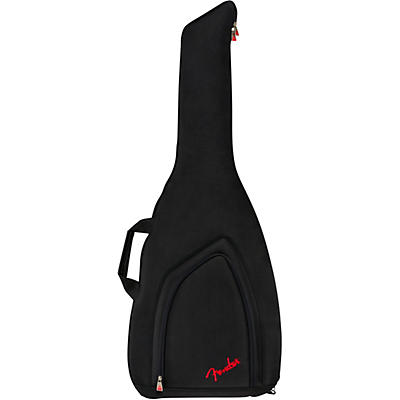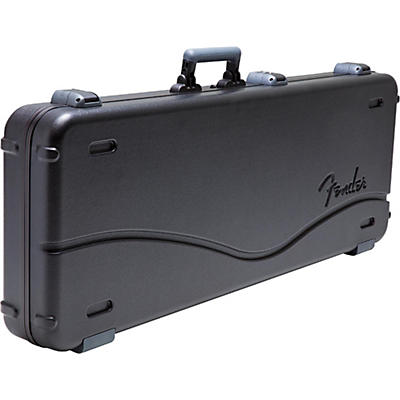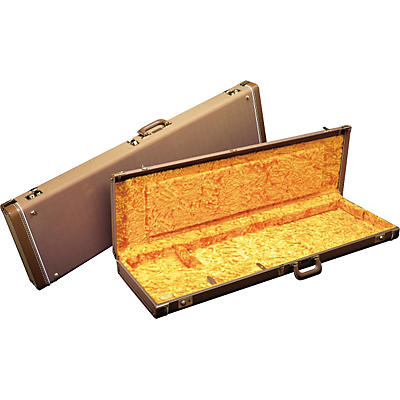Filters
Fender Jazzmaster
(4 Items)
20% Off $99+ w/ Code: ACC20
SkuInfo [skuId=site1skuL73353000001000, productId=site1prodL73353, linkUrl=/accessories/fender-fej-610-jaguar-jazzmaster-starcaster-gig-bag, imageId=FEJ-610-Jaguar-Jazzmaster-Starcaster-Gig-Bag-Black/L73353000001000, displayName=Fender FEJ-610 Jaguar/Jazzmaster/Starcaster Gig Bag, description=null, brandName=Fender, totalReviews=2, overallRating=6, priceVisibility=1, graphicalSticker=20% Off $99+ w/ Code: ACC20, allUsed=false, onsale=false, lowPrice=59.99, highPrice=59.99, startingRestockPrice=null, restockItemCount=0, startingUsedPrice=55.79, usedItemCount=1, restockLinkURL=null, maxSaving=19.999996, maxSavingPercent=25, maxSavingMSRP=79.99, externalInfo={}, productSeoUrl=/accessories/fender-fej-610-jaguar-jazzmaster-starcaster-gig-bag, productVisibilityMSRP =3, storeName=null, storeId=null]
Fender FEJ-610 Jaguar/Jazzmaster/Starcaster Gig Bag
Product Price
$59.99
$55.79
Save 10%
SkuInfo [skuId=site1skuJ48099000001001, productId=site1prodJ48099, linkUrl=/accessories/fender-deluxe-molded-abs-jaguar-jazzmaster-guitar-case, imageId=Deluxe-Molded-ABS-Jaguar-Jazzmaster-Guitar-Case-Black-Gray-Silver/J48099000001001, displayName=Fender Deluxe Molded ABS Jaguar/Jazzmaster Guitar Case, description=null, brandName=Fender, totalReviews=13, overallRating=10, priceVisibility=1, graphicalSticker=Save 10%, allUsed=false, onsale=false, lowPrice=229.99, highPrice=229.99, startingRestockPrice=null, restockItemCount=0, startingUsedPrice=null, usedItemCount=0, restockLinkURL=null, maxSaving=null, maxSavingPercent=null, maxSavingMSRP=null, externalInfo={}, productSeoUrl=/accessories/fender-deluxe-molded-abs-jaguar-jazzmaster-guitar-case, productVisibilityMSRP =3, storeName=null, storeId=null]
Fender Deluxe Molded ABS Jaguar/Jazzmaster Guitar Case
Product Price
$229.99
Save 10%
SkuInfo [skuId=site1sku541531000008059, productId=site1prod541531, linkUrl=/accessories/fender-jazzmaster-hardshell-case, imageId=Jazzmaster-Hardshell-Case-Brown-Gold-Plush-Interior/541531000008059, displayName=Fender Jazzmaster Hardshell Case, description=Tolex cover, made in the traditional shape with locking latch, protective vinyl ends, large accessory..., brandName=Fender, totalReviews=28, overallRating=8, priceVisibility=1, graphicalSticker=Save 10%, allUsed=false, onsale=false, lowPrice=299.99, highPrice=299.99, startingRestockPrice=null, restockItemCount=0, startingUsedPrice=null, usedItemCount=0, restockLinkURL=null, maxSaving=null, maxSavingPercent=null, maxSavingMSRP=null, externalInfo={}, productSeoUrl=/accessories/fender-jazzmaster-hardshell-case, productVisibilityMSRP =3, storeName=null, storeId=null]
Fender Jazzmaster Hardshell Case
Product Price
$299.99
Save 10%
SkuInfo [skuId=site1skuM14562000001000, productId=site1prodM14562, linkUrl=/accessories/fender-fender-jazzmaster-jaguar-electric-guitar-eyeglass-case, imageId=Fender-Jazzmaster-Jaguar-Electric-Guitar-Eyeglass-Case-Brown/M14562000001000, displayName=Fender Fender Jazzmaster/Jaguar Electric Guitar Eyeglass Case, description=null, brandName=Fender, totalReviews=null, overallRating=null, priceVisibility=1, graphicalSticker=Save 10%, allUsed=false, onsale=false, lowPrice=299.99, highPrice=299.99, startingRestockPrice=null, restockItemCount=0, startingUsedPrice=null, usedItemCount=0, restockLinkURL=null, maxSaving=null, maxSavingPercent=null, maxSavingMSRP=null, externalInfo={}, productSeoUrl=/accessories/fender-fender-jazzmaster-jaguar-electric-guitar-eyeglass-case, productVisibilityMSRP =1, storeName=null, storeId=null]
Fender Fender Jazzmaster/Jaguar Electric Guitar Eyeglass...
Product Price
$299.99
After Fender's Telecaster and Stratocaster models had captured the interest of country and rock players, Leo Fender next turned his attention towards creating a follow-up guitar that would take the Stratocaster's place at the top of their product line. He specifically wanted to make a guitar that would appeal to jazz musicians -- a category of guitarists that Fender had largely failed to interest with any of his previous designs.
The Jazzmaster introduced the "offset body" design, and the size of the body was also slightly larger than previous Fender models. The offset body refers to the Jazzmaster's staggered asymmetrical waist, which was designed to improve player comfort when seated. This waist design would later be used on other Fender guitars and basses, such as the Jaguar, Jazz Bass, Mustang and Duo Sonic II. While the other models soon followed, the Jazzmaster was the first of Fender's guitars to utilize a rosewood fingerboard over the maple neck. This was done in part due to the maple's tendency to show visible signs of wear with heavy use. That "relic" look, although popular now, was less favored at the time. Another new feature was the Jazzmaster's vibrato; the top mounted, two piece (vibrato plate and bridge) unit was a significant change from the Stratocaster's synchronized "tremolo", and Leo Fender felt it was a major improvement over earlier efforts. The bridge design of the Jazzmaster can best be described as "over-engineered." Leo created a unit with 20 adjustment screws, allowing each string to be adjusted for intonation as well as height. The entire bridge assembly is designed to move back and forth when the vibrato bar is used, rather than have the strings moving back and forth over a stationary bridge. This decreases the possibility of the strings "catching" on the bridge and the guitar going out of tune when the bar is used.
The pickups on a Jazzmaster are unique in Fender's lineup. While still a single coil design, the pickups are much larger than most other Fender units, with a wider, flatter bobbin and a distinctive sound. Voiced a bit darker and warmer than most Fender guitars, the Jazzmaster still failed to attract the attention of the jazz guitarists for which it was designed. However, it became a favorite of "Surf" guitarists of the late 50s and early 1960s, and even spawned a derivative model in the Fender Jaguar; a guitar that took the Jazzmaster's basic design and body shape and added some changes designed to appeal to Surf guitarists. The Jazzmaster was never as popular as the Strat or the Tele, but it received renewed attention with the dawn of the punk and new wave movements in the late 70s and 1980s, and it remains popular with indie and alternative rockers today. Some notable Jazzmaster players include Don Wilson and Bob Bogle (The Ventures), Tom Verlaine (Television), Elvis Costello, Nels Cline (Wilco), Chris Dreja (Yardbirds), J. Mascis (Dinosaur Jr), Lee Ranaldo and Thurston Moore (Sonic Youth) Thom Yorke (Radiohead) and Ric Ocasek (The Cars).









































































































































